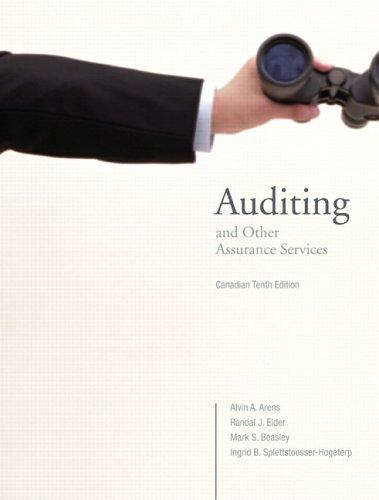Using FIFO, calculate ending inventory and cost of goods sold. Using FIFO, calculate sales revenue and gross profit. Using weighted-average cost, calculate sales revenue and gross profit. (Round answers to 2 decimal pla etermine which method will result in higher profitability when inventory costs are rising. Using LIFO, calculate ending inventory and cost of goods sold. Using LIFO, calculate sales revenue and gross profit. During the year, TRC Corporation has the following inventory transactions. For the entire year, the company sells 442 units of inventory for $66 each. Required: 1-a \& b. Using FIFO, calculate ending inventory and cost of goods sold. 1 -c & d. Using FIFO, calculate sales reverive and gross profit. 2 -a \& b. Using LIFO, calculate ending inventory and cost of goods sold. 2-c \& d. Using LIFO, calculate sales revenue and gross profit. 3-a \& b. Using weighted-average cost, calculate ending inventory and cost of goods sold. 3-c \& d. Using weighted-average cost, calculate sales revenue and gross profit. 4. Determine which method will result in higher profitability when inventory costs are rising. Req 1a and b Req 1c and d Req 2a and b Req 2c and d Using weighted-average cost, calculate ending inventory and cost of goods sold. (Round "Average Cost per unit" to 4 decimal places and all other answers to 2 decimal pll \begin{tabular}{|c|c|c|c|c|c|c|c|c|c|c|} \hline \multirow[b]{2}{*}{ Weighted Average Cost } & \multicolumn{4}{|c|}{ Cont of Goods Avaliable for Sale } & \multicolumn{3}{|c|}{ Cost of Goods Sold - Weighted Average Cost } & \multicolumn{3}{|c|}{ Ending Inventory - Wolghted Average Cost } \\ \hline & \begin{tabular}{l} Number \\ of units \end{tabular} & \begin{tabular}{l} Averege Cost \\ per Unit \end{tabular} & \begin{tabular}{c} Cost \\ Aval \end{tabular} & \begin{tabular}{l} Goods \\ ble for \\ ale \end{tabular} & \begin{tabular}{l} Number \\ of units \end{tabular} & \begin{tabular}{c} Average Cost per \\ Unit \end{tabular} & \begin{tabular}{l} Cost of Goods \\ Sold \end{tabular} & \begin{tabular}{c} Number of \\ units \end{tabular} & \begin{tabular}{c} Average Cost per \\ Unit \end{tabular} & \begin{tabular}{l} Ending \\ Inventory \end{tabular} \\ \hline Beginning inventory. & 56 & & $ & 2.668 & & & & & & \\ \hline \multicolumn{11}{|l|}{ Purchases: } \\ \hline Apeil o7: & 136 & & & 6,000 & & & & & & \\ \hline July 16 & 206 & & & 10,918 & & & r & & & \\ \hline October 06 & 116 & & & 6.264 & & & & & & \\ \hline Total & 514 & & 5 & 26.070 & & & & & & \\ \hline \end{tabular}














